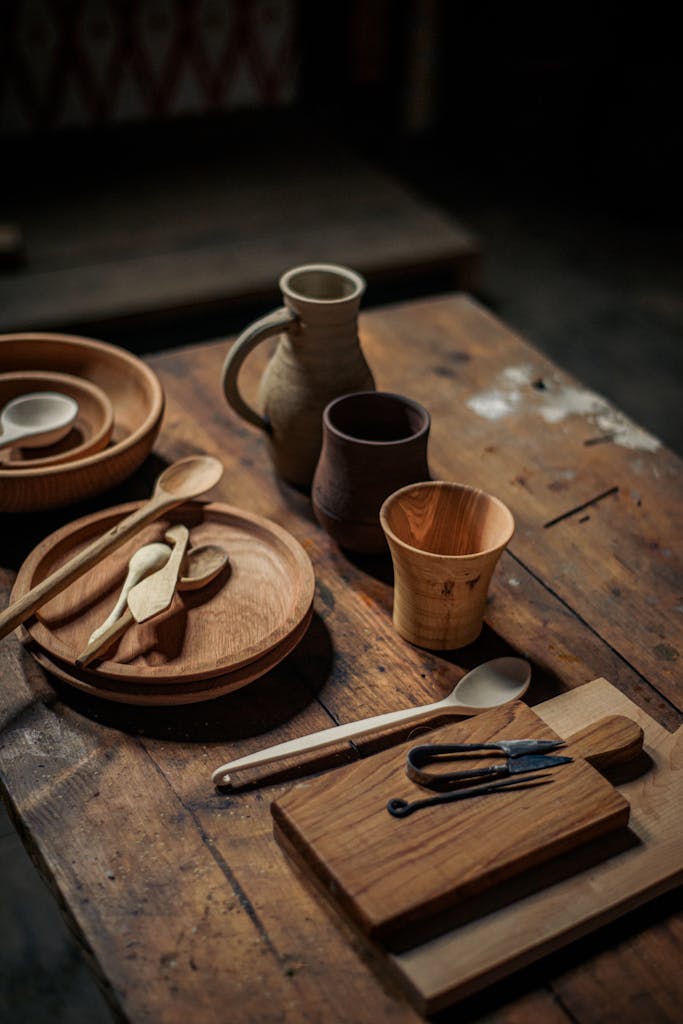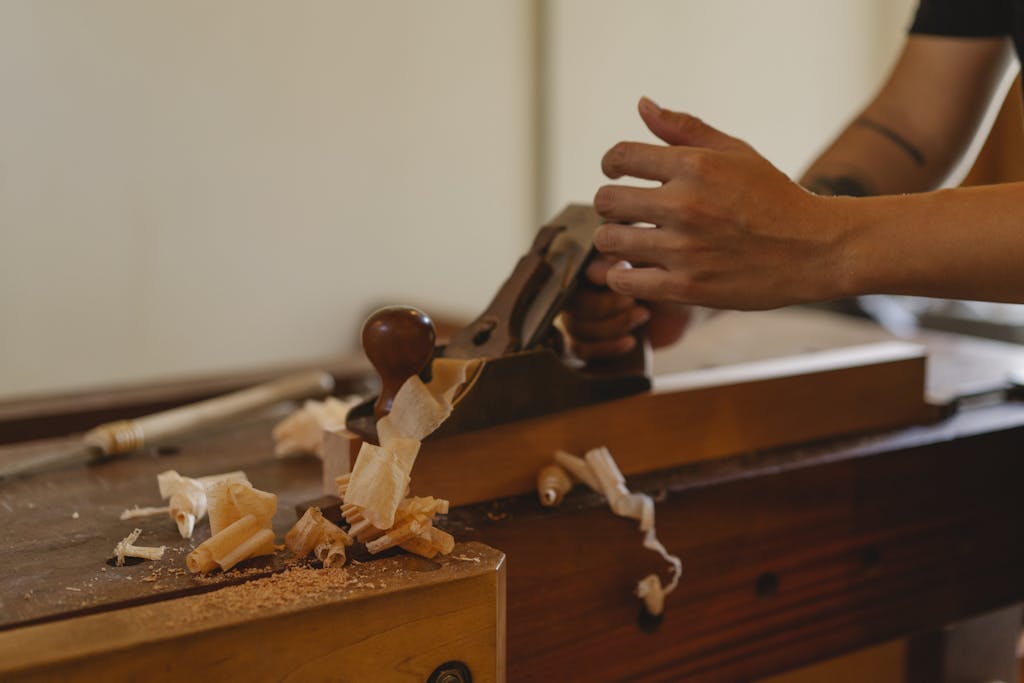Mastering the Craft: A Look Into the Woodworking Process
Woodworking is a timeless craft that blends art and engineering. Each project is a journey—from selecting materials to applying the final finish. Understanding each step in the woodworking process helps you build confidently and create lasting work.
1. Choosing the Right Wood
Wood selection is the foundation of every project. Hardwoods like oak, walnut, and cherry are prized for their strength and appearance, while softwoods like pine are cost-effective and easy to work with. Consider grain, moisture, and intended use when choosing your material.
2. Project Planning
Sketching designs, making measurements, and creating a material list are critical steps before cutting begins. A well-planned project ensures efficient use of materials and prevents costly errors.
3. Measuring and Marking
Precision is key to clean cuts and strong joints. Use rulers, measuring tapes, combination squares, and marking tools to accurately lay out each component before cutting.
4. Cutting the Wood
Cutting brings your design to life. Common cutting methods include:
Crosscutting: for cutting wood to length.
Ripping: for resizing width.
Curved cuts: for artistic or custom shapes using jigsaws or band saws.
Accuracy and tool safety are essential throughout this process.
5. Shaping and Joinery
Shaping gives your project its unique form. Planers, routers, and chisels are used to refine edges and profiles. Joinery connects components together, using methods like:
Dowels
Mortise and tenon
Dovetails
Pocket holes
The right joint enhances both strength and aesthetics.
6. Assembly
Once pieces are shaped and joints prepared, they are assembled. Wood glue, screws, and nails hold the project together. Clamps are used to ensure proper alignment and pressure while the glue sets.
7. Sanding
Smooth surfaces are essential for a professional look. Sand progressively with finer grits to remove tool marks and prepare for finishing. Clean off all dust before applying any finish.
8. Finishing Touches
A good finish protects the wood and highlights its natural beauty. Options include:
Stain to add color
Oil for a natural feel
Varnish or polyurethane for protection and shine
Apply with brushes or cloths, and allow proper drying between coats.
Conclusion
Woodworking is more than building—it’s about mastering every detail. By understanding and refining each process, you elevate your skill and transform raw wood into something meaningful and enduring. With patience and practice, every project becomes a reflection of true craftsmanship.


